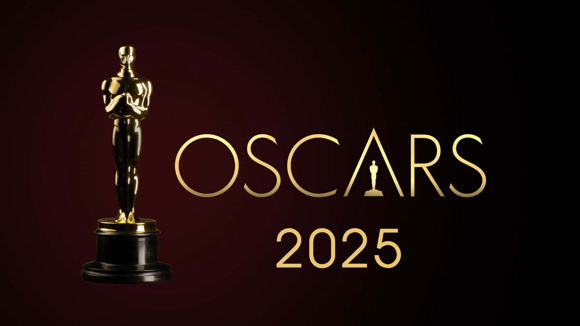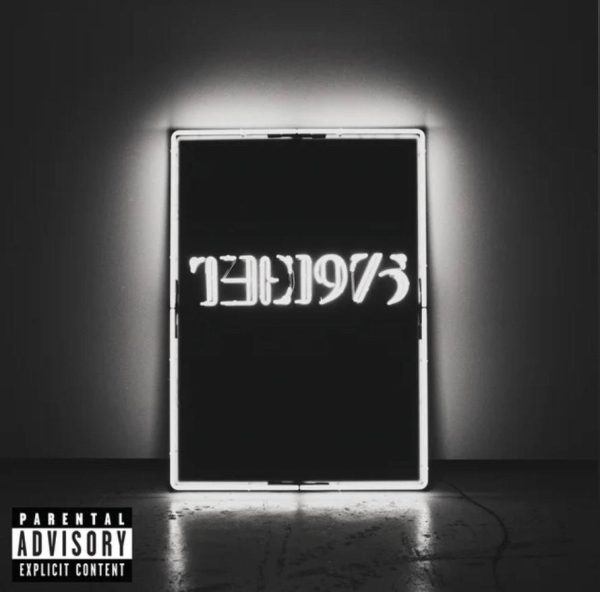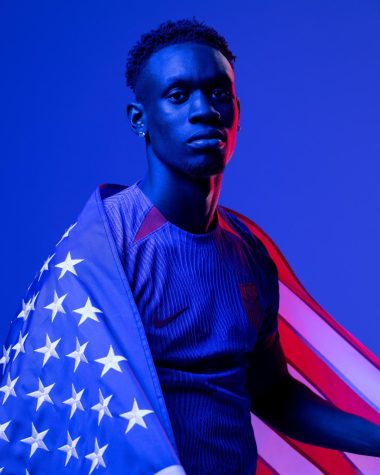Diversity in video games should not be an afterthought
PAX East, the Penny Arcade Expo, is one of the largest video gaming conventions on the East Coast, drawing in gamers from across the country. Walking through the halls of the expo, you’re bound to see people of all genders, races, shapes, and sizes. Everyone there is excited to be involved in the gaming community. But to what extent are they truly a part of it?
A 2008 Pew Research Center study showed that people of marginalized races play games just as much as white people. In both black and white populations, 51 percent of polled adults said they played video games. On top of that, 63 percent of surveyed English-speaking Hispanics said the same. Along with race, the Entertainment Software Association’s 2014 report on gamers reveals that 48 percent of gamers are women.
That being said, today’s games don’t do much to convey that diversity. Today’s “mainstream” games are still filled with white, male protagonists. A 2009 study published by SAGE Publications found that 89 percent of primary characters in games were men, as well as 85 percent of secondary characters. That same study found that 80 percent of in-game characters were white.
The gaming community has drawn attention to this disparity before. “Assassin’s Creed: Unity,” developed by Ubisoft, came under fire when it was announced. The game featured an all-white, male team as its protagonists. It would’ve been a simple matter for Ubisoft to diversify the characters, too, since they’re in a fictional universe, but they didn’t.
Instead, they gave a number of reasons for why they couldn’t, like how animating a woman would take a lot more work, compared to her male counterparts. Not only was this idea debunked by other developers, but it caught a lot of flak from critics.
“I think they must presume that they’re going to have to animate all these flowing dresses and flowing hair and jiggling breasts and things like that,” said Leigh Alexander, a Gamasutra writer, in an NPR article. “[It’s a] really interesting insight into how technical folks in the game industry view women’s bodies.”
But the next major game in the series, “Assassin’s Creed: Syndicate,” included a playable female character. Ubisoft added Evie Frye, the sister of the main character, Jacob Frye. In story mode, some missions featured Evie, while the majority were played as Jacob. In free roam, players could substitute Evie into Jacob’s role.
But female characters shouldn’t have to be “substitutes.”
When women make up nearly half of all gamers, and black and Hispanic people play as frequently as white people do, they ought to be represented fairly in the games that they play; character diversity shouldn’t be an afterthought. The fact that games don’t actually represent the player base is needlessly discriminatory.
The problem isn’t that games aren’t exactly representative of player demographics, down to the percent. If the next “Assassin’s Creed” game has just as many black and Hispanic people as white people, and half of them are women, that still won’t solve the problem. The problem is that appropriate representation of race and gender isn’t just common sense during game development.
If this doesn’t change, the crowds at events like PAX may start to look different. Instead of seeing the diversity we currently do, we may see a backlash from unsatisfied customers. Why should people continue to celebrate a medium that chooses not to represent them? If developers keep ignoring the demographics of their consumers, the cultural representatives at PAX may start to mimic the diversity in the games themselves.
Colin can be reached at  [email protected] or on Twitter @_ColinMcGinnis.
[email protected] or on Twitter @_ColinMcGinnis.












